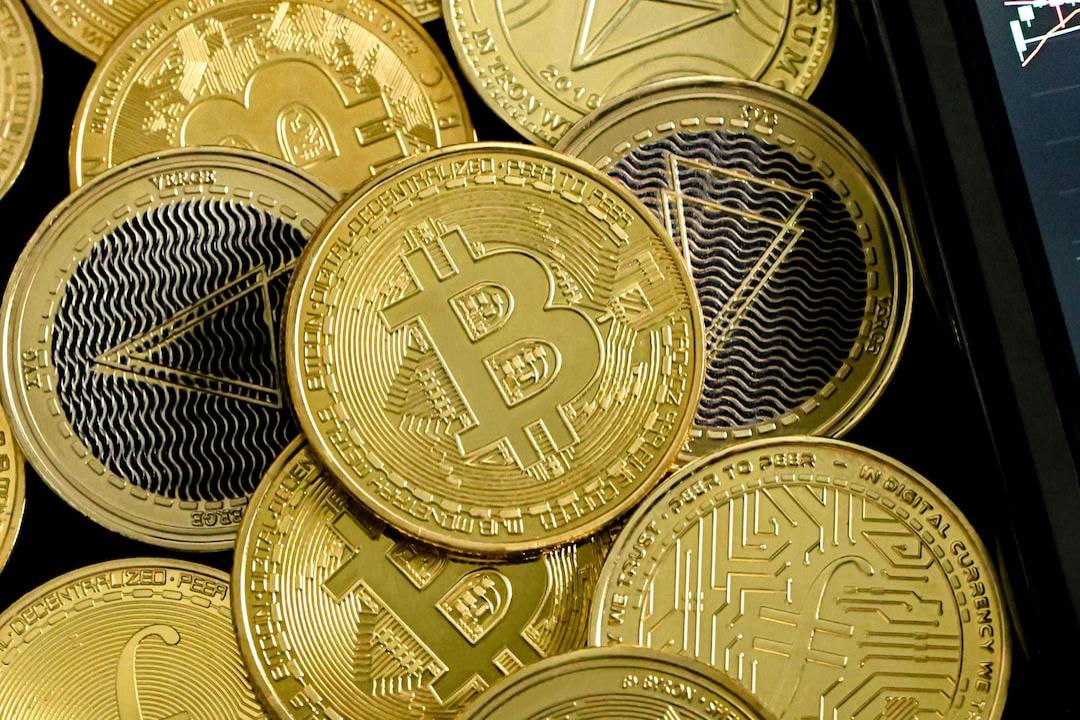Real-world assets (RWAs) are traditional investments — such as U.S. Treasuries, private credit, real estate, and commodities like gold — brought onto blockchains in the form of digital tokens. Each token represents a legal claim to the underlying asset, issued by a regulated entity. Investors can hold these tokens in digital wallets, earn returns like interest or rent, and redeem them for the asset’s value. This merges the stability of traditional finance with the speed and accessibility of blockchain.
The Turning Point for RWA Adoption
For years, Real-World Assets existed in small pilot programs. That changed in 2024, when major asset managers launched large-scale, regulated products. BlackRock’s tokenized liquidity fund, BUIDL, debuted in March 2024, crossed $1 billion in assets within a year, and reached about $2.9 billion by May 2025. Franklin Templeton’s on-chain U.S. Government Money Fund (FOBXX) held $706.73 million as of July 31, 2025.

By August 14, 2025, tokenized U.S. Treasuries across all issuers totaled $6.64 billion. These figures show the market has moved beyond testing into real institutional adoption.
How Big the Market is — and Where it’s Headed
The RWA market excluding stablecoins was valued at over $24 billion in June 2025, growing 380% in just three years. Analysts project much bigger numbers ahead:
Even with varying estimates, every forecast points to sustained, multi-trillion-dollar expansion.
High global interest rates have made yield-bearing assets attractive again. Tokenization adds features that traditional finance cannot match — faster settlement, 24/7 trading, fractional ownership, and the ability to use assets as collateral in other markets. Certainly, this efficiency benefits institutions, crypto firms, and individual investors alike, reducing barriers such as geography, high minimum investments, and restricted market hours.
Interestingly, private credit is now the largest RWA category, followed by tokenized government debt. Deloitte forecasts tokenized private real estate funds will reach $1 trillion by 2035, with loans and securitizations at $2.39 trillion. Commodities are also scaling — from $45 billion in 2024 to a projected $1 trillion by 2030. Gold dominates this segment, with Pax Gold (PAXG) and Tether Gold (XAUT) together worth more than $2.2 billion in mid-August 2025.
The Projects and Platforms Behind the Boom
Ondo Finance’s OUSG, backed by U.S. Treasuries, managed about $1.17 billion in May 2025. Maple Finance, focused on on-chain private credit, had $2.95 billion in active loans by July 2025. Securitize, a major infrastructure provider, has issued over $4 billion in tokenized assets and holds more than 70% market share in major tokenized offerings.
On the institutional side, Broadridge’s private blockchain for repurchase agreements processes between $1 trillion and $1.5 trillion monthly. Banks like Goldman Sachs and BNY Mellon are integrating tokenized money market funds into their private blockchains, signaling long-term commitment from traditional finance.
However, despite the momentum, RWAs face hurdles. Specifically, regulatory frameworks differ across jurisdictions, creating compliance complexity. In addition, legal recognition of tokenized ownership is not uniform, and interoperability between platforms is limited. The industry is working with regulators — including testimony before U.S. Congress and SEC roundtables — to address these gaps.

